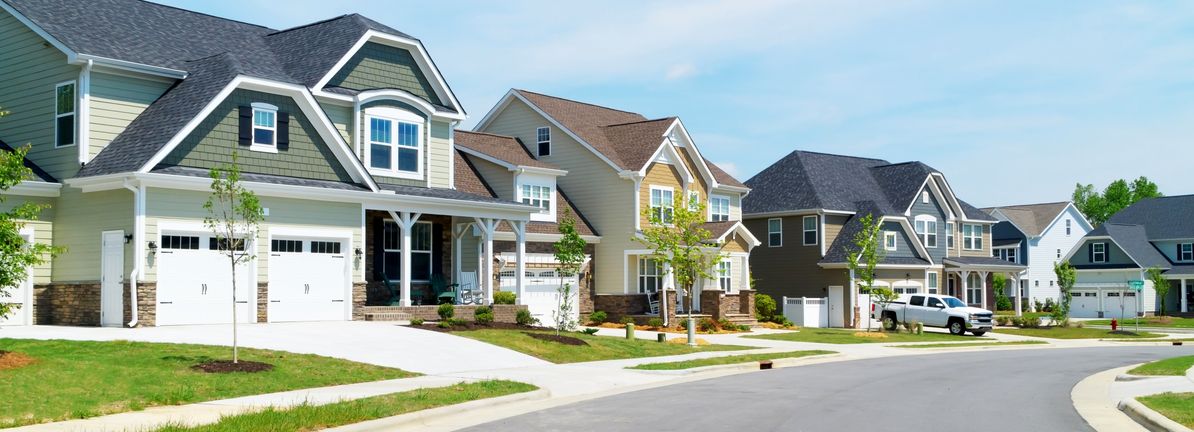Ladder Capital (LADR) posted a 22.4% annual earnings growth rate over the past five years, but most recent results show earnings have turned negative versus last year. Net profit margins slipped to 34.1% from 37.4%, and while revenue is forecast to grow at 16.7% per year, outpacing the US market, earnings are only expected to rise 10.2% annually, which trails the broader market’s 15.5% rate. Investors are likely to focus on the company’s ability to sustain above-average revenue growth and monitor ongoing shifts in profitability and income streams.
See our full analysis for Ladder Capital.
Next up, we’ll see how the latest numbers stack up against the dominant narratives, highlighting where the data supports and where it complicates the market’s expectations for Ladder Capital.
See what the community is saying about Ladder Capital
-
Ladder’s debt costs have decreased thanks to achieving investment-grade status and issuing unsecured bonds, making its access to capital both cheaper and broader compared with previous years.
-
Consensus narrative notes that reduced funding costs and access to deeper capital markets help Ladder reinvest in higher-yield assets, supporting long-term earnings growth.
-
Structural changes in commercial property lending and increased demand in major US urban markets support this growth story, but analysts project profit margins to slip from 36.3% today to 33.3% over three years as competition and higher funding rates put net margins under pressure.
-
While Ladder’s diversified portfolio helps manage risk, maintaining margin stability remains a key test for bulls focusing on income sustainability.
-
-
Consensus narrative suggests Ladder’s evolving cost structure gives bulls something to cheer, but margin trends could limit future upside.
See how this narrative compares with today’s figures and analyst views: 📊 Read the full Ladder Capital Consensus Narrative.
-
Two risks top the list: dividend sustainability and questions around Ladder’s financial position, which could directly impact future payouts and investor confidence.
-
Analysts’ consensus view highlights concern that slowing commercial real estate lending and rising tenant credit risk threaten stable income streams.
-
Shrinking profit margins and exposure to longer lease terms mean that small shifts in tenant quality or rent levels may have outsize impacts on distributable earnings and book value per share.
-
Ongoing muted loan origination volumes and sector recovery delays add to the argument that investors need to keep a close watch on potential shocks to asset quality or reserves.
-
